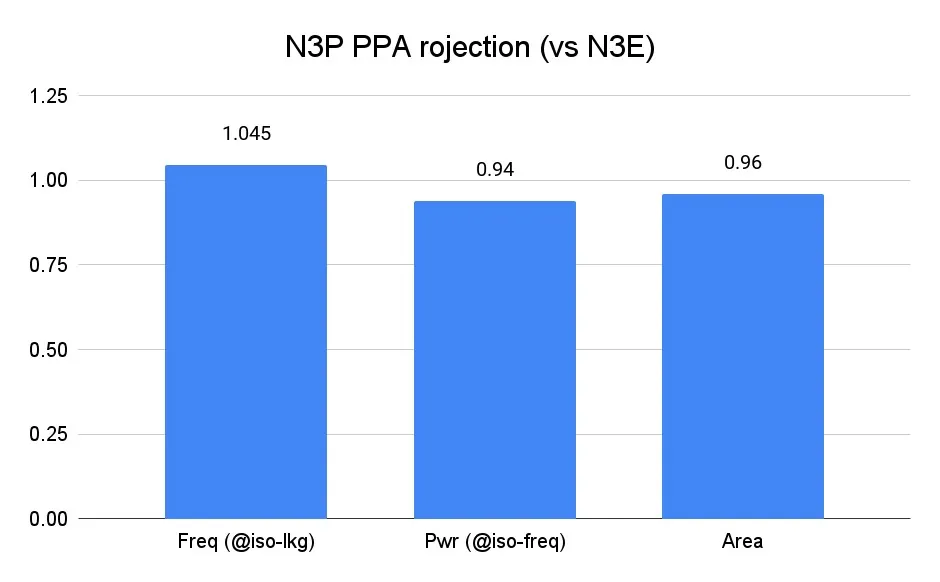Key Takeaways
- A leaked document from Google’s “gChips” division has revealed details about the company’s plans for the SoC in its next two flagship Pixel series.
- Google’s Tensor G5 for the Pixel 10 will be made using TSMC’s 3nm process, the same as Apple’s A18 SoC, with the Pixel 11’s Tensor G6 using a more advanced N3P node.
- The switch from Samsung to TSMC for Tensor chips could help Google improve performance, especially in comparison to Apple’s custom A-series chips.
Google’s Tensor G4 is a custom SoC generally speaking, but it uses some off-the-shelf elements that keep it from qualifying as “fully custom” like Apple’s A-series chips. Google has long been rumored to switch from Samsung for manufacturing Tensor chips to industry leader TSMC, paving the way for the company to implement fully custom cores as soon as next year’s Tensor G5.
According to a new leak that lays out Google’s Tensor roadmap for the next two years, the switch is imminent, and Google’s next SoC could look a lot more like Apple’s as a result.
Related
Google might not go full-custom with its Tensor chips until 2025
Google’s transition from semi-custom Samsung to fully-custom TSMC for its Tensor chip pushed to 2025
In a report for Android Authority, industry insider Kamila Wojciechowska revealed details seen in internal documents from Google’s “gChips” division. According to the information, Google will indeed switch to TSMC for the Pixel 10’s Tensor G5 chip, and this arrangement is set to continue through to the Pixel 11’s Tensor G6, if not indefinitely.
Tensor G5 and G6 to use 3nm process with the same nodes as Apple’s high-end chips
Google Tensor G5 is said to be code-named “laguna,” while Tensor G6 should get the designation of “malibu.” These names came up in the internal documents viewed, providing details about Google’s plans for customizing their cores.
The Tensor G5 in next year’s Pixel 10 series should be manufactured with TSMC’s 3nm-class N3E node, which is the same node and process as Apple’s A18 SoC — the chip that powers the brand-new iPhone 16 lineup. The Pixel 11’s Tensor G6 is said to use an N3P node — one that hasn’t been used in any mass-market devices yet, and the same node Apple is thought to be using in its upcoming iPhone 17 series.
Source: Android Authority
Android Authority recreated a chart from the document that shows the improvements expected from the Pixel 11’s N3P node when compared to the Pixel 10’s N3E. In it, PPA (Power, Performance, Area) is shown to increase by 4.5% in the @iso-lkg column, which indicates how much higher the chip’s frequency can go before negatively affecting other areas. There’s a decrease of 6% in the @iso-freq category, which shows how much lower the power consumption is at the same clock speeds. Meanwhile, the Area of the chip can be decreased by 4% with optimizations from the newer node.
Neither chip uses the 2nm process TSMC is currently developing, but both should bring substantial performance and efficiency improvements over the Pixel 9’s Tensor G4 and its 4nm process. Google’s Tensor chips have been lauded for their battery efficiency and neural processing abilities for AI tasks, but sheer power is one area where they’ve lagged behind the competition — especially Apple’s iPhones and their A-series chips. Pixel fans have been holding onto the hope that a switch to TSMC could help close this gap, and from the looks of things, that wish might actually come true.

Related
The Pixel 9’s Tensor G4 might be the least interesting thing about Google’s new phones
The new Tensor may not pack any major upgrades

